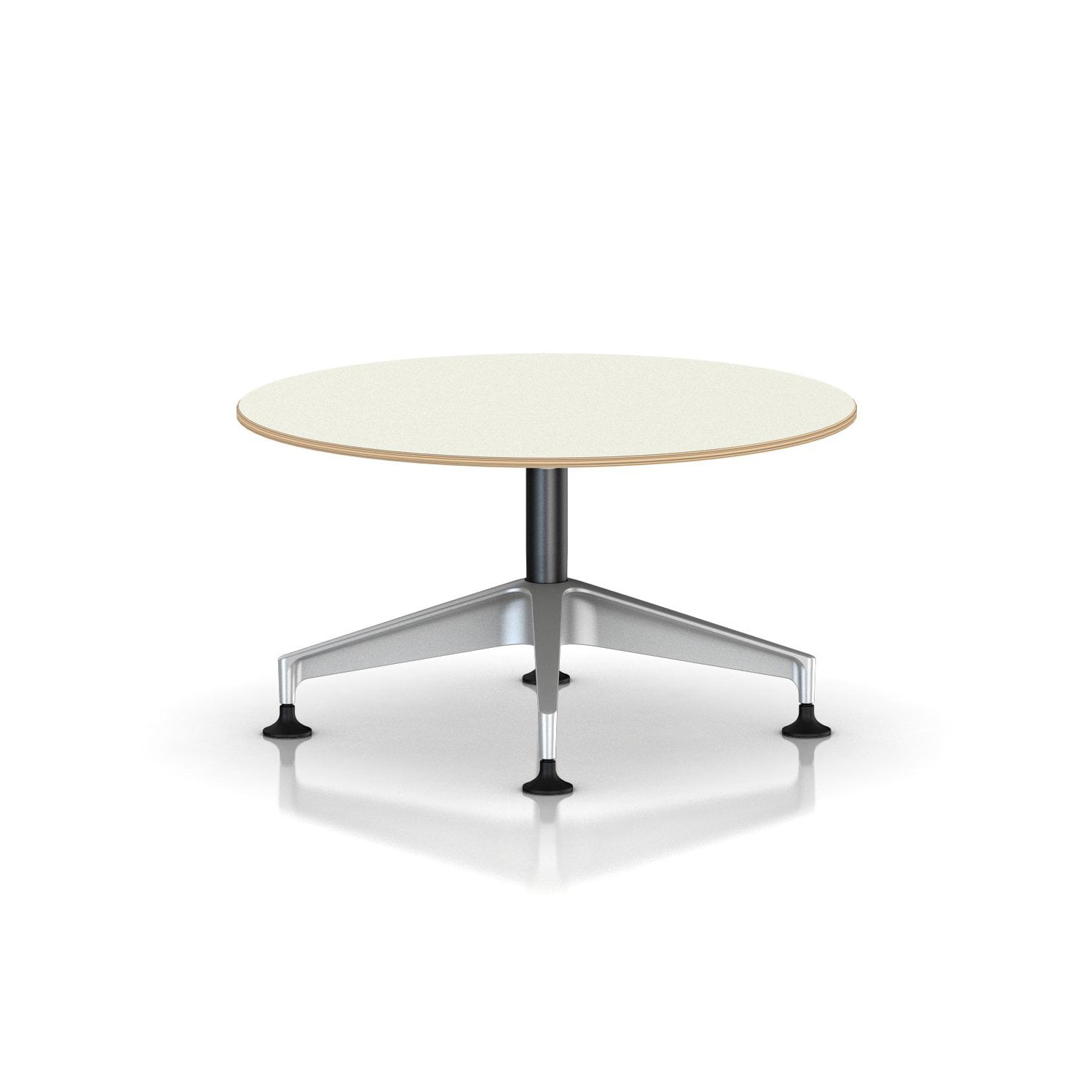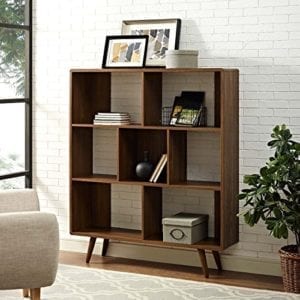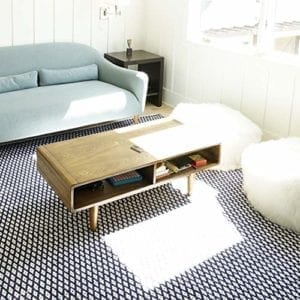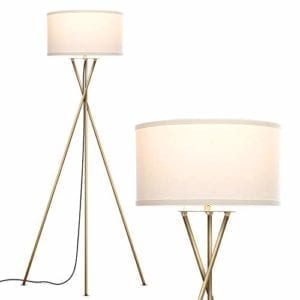Description
Setu Round Table by Herman Miller. Keeping with the spirit of their seating, Studio 7.5 designed a table that complements the Setu Chairs perfectly. A clean design that focuses on fewer materials, the Setu Coffee Table pairs well with the Setu Lounge. Ideal for lounges or creating a place to relax right in your office. Setu Round Table Features and Benefits: Available with a laminate or veneer top 13 different top finishes, including Aged Cherry, Studio White, and more Column and Base finishing options 16”-42” height Herman Miller History Founded in 1923 and recognized today throughout the world as an innovator in office and residential furniture design, Herman Miller has been ranked since 1986 among the top ten in Fortune Magazine’s annual list of the 500 most admired companies. Their pioneering research into producing environmentally responsible furniture has earned them GreenGuard Indoor Air Quality certification for most of their products. Aesthetically, many of Herman Miller’s iconic designs, particularly from the 1940s and 1950s, are valuable collector’s items and on permanent display in museums such as the New York Museum of Modern Art (MoMA) and the Smithsonian Institution.In 1933, new furniture designs created by Herman Miller designer Gilbert Rohde exhibiting the smooth lines and unembellished shapes of the emerging mid-century modern furniture style were exhibited at the Chicago World’s Fair. In 1944, Rohde’s successor George Nelson designed such enduring icons as the Platform bench, and was famously responsible for teaming the company with such influential design artists as Alexander Girard, Isamu Noguchi and Charles and Ray Eames. Charles Eames, widely regarded as a genius in contemporary furniture design, produced one of Herman Miller’s most successful products in 1956, the elegant Eames Lounge chair. In 1994, Don Chadwick and Bill Stumpf introduced a new office chair called Aeron (derived from the word aeration, which describes how the mesh suspension promotes comfort), which became an immediate worldwide success and earned a spot in the New York Museum of Modern Art (MoMA) as well. Today, Herman Miller continues to attract world-famous designers like Jeff Weber, Jerome Caruso, the Studio 7.5 Design Team in Berlin, Yves Behar, Mark Goetz and many more.If the purpose of design is to solve problems, and the relationship between design and business is synergistic, then Herman Miller today continues to be in the vanguard of design as a fundamental part of strategic planning.The Studio 7.5 Design Team&ldqou;We define not only how a chair looks but how it performs, even down to the characteristics of the tilt. We’re very involved with its physical behavior, because beauty is not only what you see, it’s also what you feel. — Studio 7.5, Designers of the Mirra ChairAfter the international triumph of the Aeron chair in 1994, Herman Miller was looking for a way bring the benefits of ergonomic design to a wider audience by designing a high-performance chair at a lower price, with fewer adjustments and a wider fit range, plus an environmentally-sustainable design. They sought to design an office chair that would provide maximum benefits using minimal materials.The five designers comprising the Studio 7.5 Group (Claudia Plikat, Burkhard Schmitz, Nicolai Neubert, Carola Zwick and Roland Zwick) were hired to envision a chair that would react to what the person sitting in it did — to design an office chair that would become a second skin, or shadow, of the sitter. This idea evolved into the concept underlying the Mirra chair: Passive Adjustivity” — just sit in it and it fits! The earth-friendly Mirra was also the world’s first chair to be designed from its inception according to cradle-to-cradle principles.Following the success of the Mirra, the Studio 7.5 Group began work on a new, multi-purpose task chair called the Setu with a Less is More aesthetic: nothing to tilt, nothing to adjust. The chair would be engineered with embedded ergonomics so the sitter and chair would move as one — form and function working together in harmony.There is a very high amount of ergonomic knowledge built into the chair — Claudia Plikat, Studio 7.5 GroupThe word Setu means “bridge” in Hindi, an apt name for a product that brings the ergonomic concepts of the Studio 7.5 Group to the widest number of body shapes and sizes, and into the most diverse spaces and places.








Reviews
There are no reviews yet.